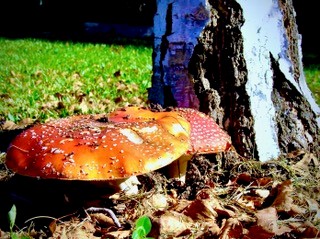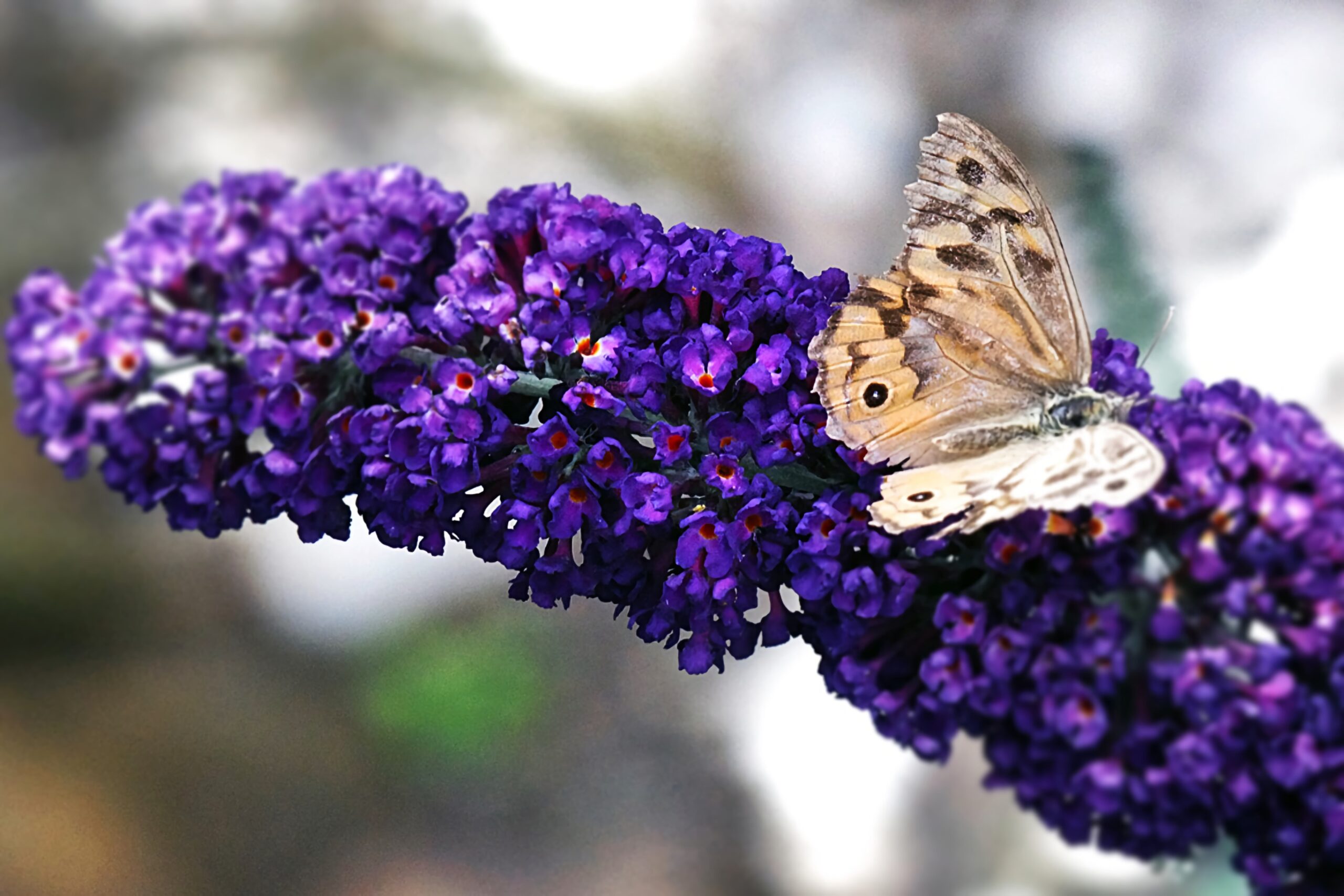June 9th, 2022Glen, About the House
June is bustin’ out all over
Well it certainly is – but not in the joyous manner Rodgers & Hammerstein envisaged when they created Carousel way back in 1945.
June 2022, in our neck of the woods, burst onto the scene with a rush of chilling winds, sleet, some snow and heaps of rain and unfortunately spells of frost whenever there’s a chilly, clear sky night. In other words another typical Central Victorian winter. So for us, it’s business as usual.
It’s getting close to planting and pruning time for roses and deciduous, open- rooted, ornamental and fruiting trees. But it’s best to wait a while yet, to let the weather settle in and sap movement to subside.
July is an excellent time and gives them plenty of time to settle in and prepare for the warmth of spring to start anew. There’s no real rush to plant either. You can always place an order with the growers to ensure they don’t sell out of your choice of plant.

Besides, one of the most important considerations after deciding which tree and where you are going to place it, is to make sure where you are going to plant them is right and ready for them. Such issues as drainage, soil acidity, and then sun or shade preferences are all important to ensure success.
As winter advances there becomes a time of slim pickings for the local bird population, especially if they have become dependent on your garden for more than a top-up snack. It is ill-advised to regularly hand-feed the birds especially with crumbs and kitchen scraps to the extent that they rely on your charity and lose the urge to forage, because not every handout will suit their diet.
It’s much better to grow nectar and berry (fruit) bearing plants and give them the option. We leave out seeds and nuts in tree feeders, but only spasmodically so they don’t rely too much on there being a regular feast.
Insect eaters such as the striated pardelote are wonderfully efficient garden pest removers, especially when it’s their infant feeding time.
Over the years, we’ve had several families of pardelote nesting under our balcony roof and in their little tunnels in the garden’s rock retaining walls in each of the 15 years we have been in the house. They feed mostly on the native lerps and other insects on the eucalypts surrounding our property, but I’m sure they find plenty among our trees and shrubs as well.
The over-plentiful autumn rainfall has created an unusual situation and probably perilous challenges for all of us, like waking to find a garden laden with what could possibly be huge and luscious mushrooms. Don’t be taken in by their charms because if, like us you don’t take the precaution of consulting someone who knows much better first, you will, more than likely, find yourself in an emergency ward.
For reindeers only
Among the more alluring of the treacherous fungi, is the strawberry red and white amanita muscaria or fly fungus – finding their way into parks and gardens – yet favourite fodder of Santa’s sleigh wranglers.
Apart from their apparent psychedelic properties, they have been known to cause death. They come from the pine forests of the north, which means their spore must have initially hitched a ride with the pine logs imported for early colonial construction works. I very much doubt they came here by sleigh. Pity – they look stunning in a garden scene.
Got a gardening question: Email glenzgarden@gmail.com










